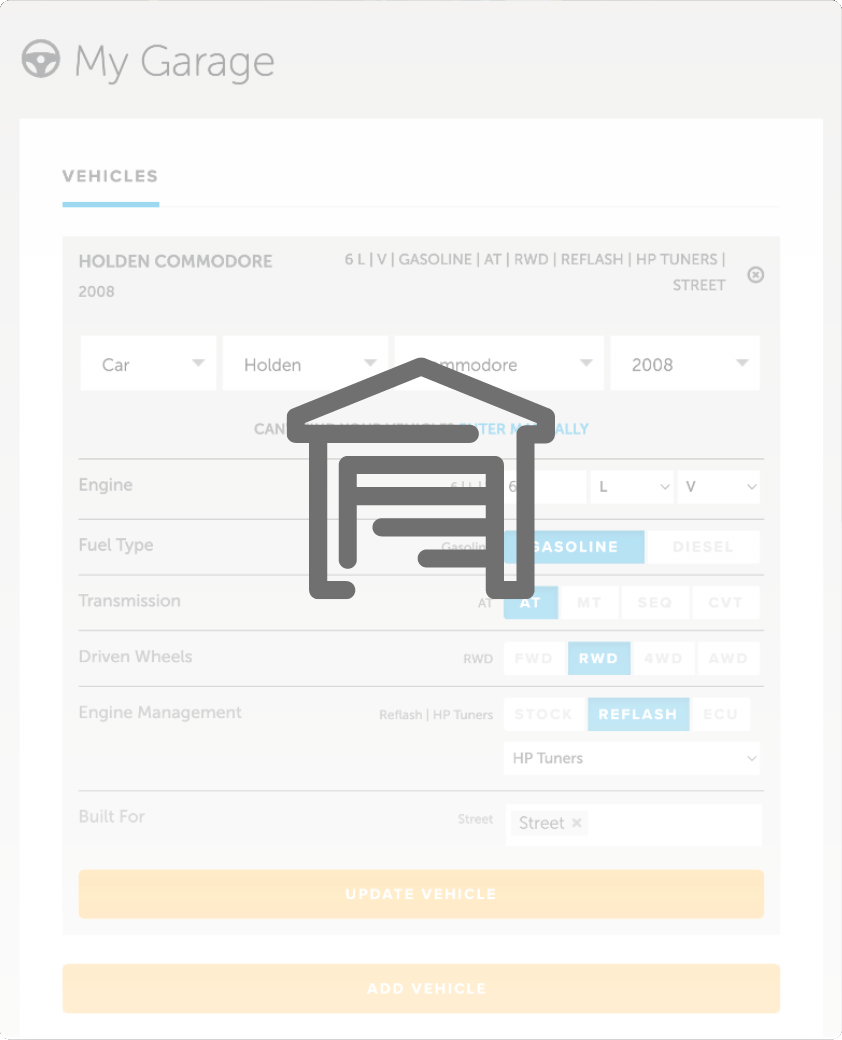| 00:00 |
A common mistake I see people making is trying to use cable ties wrapped around the suspension damper shafts as a means of measuring aero performance.
|
| 00:09 |
This is essentially a DIY way of getting shock pot data without having to pay for shock pots and installation.
|
| 00:16 |
What they do is slide the tie all the way to the shock body at static ride height, then let the suspension travel push the tie along so that the amount of shock travel used can be measured.
|
| 00:27 |
This is then equated to the amount of downforce being produced.
|
| 00:31 |
Unfortunately, this method is not very robust, and easily is distorted by the real world environment which is a racing car.
|
| 00:40 |
Here's some suspension position data of two car setups travelling around a racetrack.
|
| 00:45 |
At the top we have the car speed, and below we have the suspension compression on the left and right rear wheels.
|
| 00:52 |
Both suspension setups are the same on these cars, however the grey trace is running a much higher downforce than the coloured trace.
|
| 01:00 |
To quantify the difference expected from CFD, the grey trace is expected to have 50 points more downforce than the coloured trace.
|
| 01:07 |
At the end of straight condition, where downforce would be the highest, the average difference in suspension compression between the two setups is 3.5mm, which is consistent with what the downforce difference between the two is given the spring stiffness.
|
| 01:22 |
However, the low downforce setup uses the kerb slightly more at a few points on track.
|
| 01:27 |
Nothing crazy, but enough to change the difference in maximum shock displacement between the two runs to be only 1-1.5mm depending on the side of the car.
|
| 01:37 |
Zip tires move to the position of maximum shock displacement, which in this case would indicate 1mm of difference instead of 3.5mm, and so instead of reading a change of 50 points in downforce, we only measure 14.
|
| 01:52 |
It's easy to say that we can just drive at the same points on track and on the same straight, but the reality is that it doesn't take much difference in bumps to be a long way off on zip tire position, and with aero deltas we're typically looking for relatively small changes in shock displacement that are best shown with live suspension position data, so being off here can give us completely the wrong results for our test.
|
| 02:16 |
The change in racing line and kerb use from the onboard camera between these two cases wasn't that significant, but it was enough to cause this issue.
|
| 02:25 |
In more substantial cases, I've seen kerb strikes and even track bumps result in maximum displacements that would have caused zip tires to think that a lower downforce setup is making more downforce than a high downforce setup.
|
| 02:39 |
The key thing to note here is that when we look at these suspension traces, the typical peaks in displacement are mid -corner when hitting a bump or a kerb with the car rolled.
|
| 02:49 |
This is an inherently unpredictable and imprecise position to be trying to capture.
|
| 02:54 |
Another thing to think about is the effects of our setup changes.
|
| 02:58 |
For example, if we add wing level, we'll be increasing drag as well as downforce, and this will lower our top speed.
|
| 03:05 |
Less top speed means less peak downforce, which means less compression.
|
| 03:10 |
At a given speed, we'll have more compression with a higher downforce setup, but our peak vertical load generated may be higher for a low downforce setup that goes faster.
|
| 03:21 |
This will skew our results as our end of straight compression can be higher for a low downforce low drag setup compared to a high downforce high drag setup.
|
| 03:31 |
As you can see, with zip tires, this will give us the opposite results to what we want.
|
| 03:37 |
A much better way of evaluating the aero loads on a car using suspension displacement is to have devices known as potentiometers, or pots, on the car's suspension.
|
| 03:46 |
These are essentially sensors that measure the suspension position on each corner, which can then be logged on the car's data logging system, and this gives us the suspension displacements at all points on track, which can then be used to work out the force on the suspension at any given point.
|
| 04:02 |
Of course, potentiometers are not without problems.
|
| 04:05 |
The way suspension can be compressed by dynamic loads and the way dampers, secondary springs and bump stops can be engaged has the potential to give false readings on the loads from just suspension displacements alone.
|
| 04:18 |
A better approach, again, is to use strain gauges applied to the suspension, also known as load cells, which measure the exact forces going through the suspension.
|
| 04:28 |
This saves us from having to do any calculations based on spring rate and makes it easier to get more accurate numbers for the aero forces.
|
| 04:35 |
Ok, let's run back over the main points found in this module before moving on.
|
| 04:40 |
Using cable ties on the suspension damper shafts as a proxy for shock position data is an unreliable way to measure downforce in racing.
|
| 04:49 |
This DIY method is distorted by minor variances in driving lines, kerb usage and track bumps, which can significantly affect the maximum shock displacement and produce inaccurate downforce readings.
|
| 05:01 |
Unlike precise live suspension data, cable ties reflect only the peak shock displacement, often skewed by incidental track factors rather than actual downforce changes.
|
| 05:12 |
Since higher downforce settings also increase drag and reduce top speed, these factors further complicate readings, making zip ties unsuitable for accurate aero testing.
|





